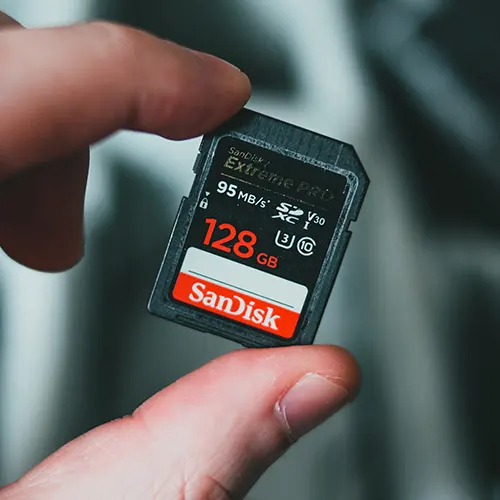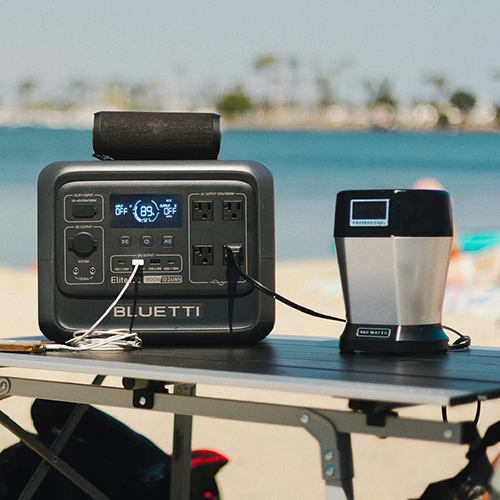
Mobile Security 101: Essential Tips and Tricks
In today's interconnected world, our smartphones are like personal command centres. We use them for communication, banking, shopping, and even controlling smart devices in our homes. With so much sensitive information on our mobile devices, it's crucial to prioritize mobile security. This guide will explore essential tips and tricks to keep your mobile device and data safe from threats and prying eyes.
How to Secure Your Mobile Device
1. Set a Strong Lock Screen:
The first line of defence for your smartphone is a secure lock screen. Whether it's a PIN, password, pattern, fingerprint, or facial recognition, make sure it's not easily guessable. Avoid common combinations like "1234" or "password."
2. Keep Your Device Updated:
Mobile operating systems and apps receive regular updates that often include security patches. Enable automatic updates on your device to ensure you're protected against known vulnerabilities.
3. Download Apps from Trusted Sources:
Stick to official app stores like the Apple App Store for iOS and Google Play for Android. Avoid sideloading apps from third-party sources, as these can contain malware.
4. Use App Permissions Wisely:
Pay attention to the permissions apps request. Only grant access to the data and essential features for the app's functionality. If a flashlight app wants access to your contacts, it's a red flag.
5. Install a Reliable Mobile Security App:
Consider installing a reputable mobile security app that offers features like antivirus scanning, malware detection, and anti-phishing protection. Several trusted options are available for both iOS and Android.
6. Be Wary of Phishing Attacks:
Phishing scams often arrive via email, text messages, or fake websites. Never click on suspicious links or provide personal information to unverified sources. Always double-check the sender's legitimacy.
7. Secure Your Wi-Fi Connections:
When using public Wi-Fi networks, avoid sensitive transactions like online banking or shopping. If necessary, use a virtual private network (VPN) to encrypt your data and protect your online activity.
8. Enable Remote Tracking and Wiping:
Both iOS and Android offer features that allow you to track your device's location and remotely wipe its data in case it's lost or stolen. Ensure these options are activated and linked to your account.
9. Regularly Back Up Your Data:
Back up your device's data to the cloud or an external storage device. In case of data loss or a ransomware attack, you can restore your information.
10. Educate Yourself and Stay Informed:
Stay up-to-date on the latest mobile security threats and best practices. Awareness is your most potent defence against evolving threats.
Frequently Asked Questions (FAQs):
1: Is mobile antivirus software necessary?
While mobile operating systems have built-in security measures, antivirus software can add an extra layer of protection against emerging threats. It's a wise precaution.
2: How can I recognize a phishing attempt?
Phishing attempts often involve deceptive emails or messages with urgent requests for personal information. Be cautious and verify the sender's legitimacy.
3: Are iOS devices immune to malware?
While iOS devices have robust security features, they are not entirely immune to malware. It's essential to remain vigilant and practice safe browsing and downloading habits.
Mobile security is an ongoing process that requires vigilance and a proactive approach. By following these essential tips and tricks, you can protect your mobile device and data, ensuring a safer digital experience. Stay safe and secure in the digital world!
Latest Blogs

Exploring Memory Card Types: A Comprehensive Guide

Blackview Tablet Reviews: A Comprehensive Look at Features and Performance

The Best Portable Power Stations & Solar Generators in the UK (2025 Guide)

10 Best Smartwatches for Kids


